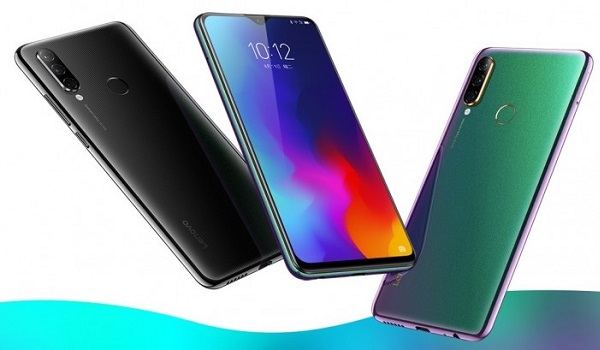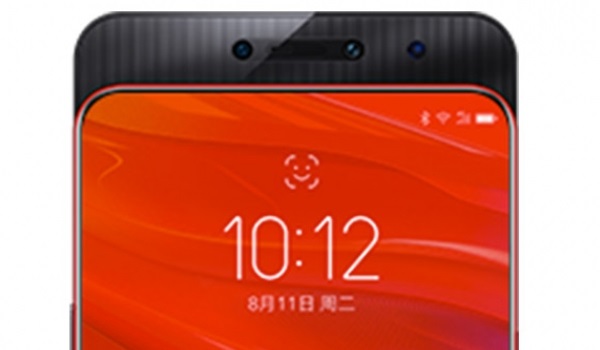Back in 2012, Lenovo was one of the top 5 smartphone brands in the world, but over the last few years, this brand has lost so much marketshare. To be sure, it still is the world’s largest personal computer vendor by unit sales, as of March 2019.
Lenovo acquired IBM’s PC business in 2005 and did good with it. Its PC busines is doing extremely well. The focus of this article is the mobile business, where it has been on a downward slide despite churning out some really solid smartphones.
When was the last time Lenovo was mentioned as a strong contender in a conversation around high-end smartphones? When was the last time you, the reader, had a Lenovo on your list of possible smartphone purchases?
This year, 2019, alone, Lenovo-Motorola has announced a number of smartphones. The Moto branded phones have gotten a lot of attention in the press, but while the Lenovo branded ones have also been the the press, the mindshare is not as strong. It is almost as if there is a mental block against Lenovo smartphones.

Lenovo-Motorola: From 2014 to 2019
in 2014, Lenovo also acquired American smartphone company, Motorola Mobility, as a means to expand its smartphone footprint to the USA. And so Motorola became a Lenovo company. At that time, Lenovo-Motorola combined was the 3rd largest manufacturer of of smartphones by volume. That was 5 years ago.
The Motorola smartphone brand had struggled for years under its original parent company, Motorola, and then under Google. An acquisition by a top smartphone and PC maker was a good thing and onlookers expected that Lenovo would be able to bring back life to this brand that was once the world’s largest mobile maker.
Over the next few years, however, Lenovo-Motorola bounced back-and-forth over branding indecisions. Lenovo was already big in smartphones, but Motorola also had brand value thanks to its history, and especially its roots as an American company. One can imagine the dilemma: which brand should take the spotlight? Should both brands run side-by-side, or should one absorb the other completely?
And so, the dance kicked off. In 2015, the company announced that Lenovo would be absorbed into the Motorola brand. Then in 2016, Lenovo said they would drop the Motorola branding and use just Moto instead. By 2016, Lenovo had dropped off the world’s top 5 smartphone brands chart. Its place was taken by OPPO and/or Vivo. In 2017, Lenovo-Motorola made another u-turn and decided to retain the Motorola branding. Sigh.
The combined global market share of Lenovo-Motorola has been on a slow decline since the acquisition in 2014. Odd. One would have expected a surge in marketshare, or at the least, some growth. But that was not to be. From the 2014 acquisition, Lenovo-Motorola has consistently dropped away..silently..like a listing ship. As at 2018, the brand was in 8th place globally in terms of smartphone shipment.
Motorola’s legacy lives, but it isn’t selling much
Motorola smartphones get good press, largely out of American sentiments: this was an American brand that was loved, and much of the online tech press is American. So, that sentiment continues to produce great press coverage for the brand. But sales of Motorola phones have not been corresponding with the high-profile press they get.
The brand has a strong footing in South America, and that is mostly it. In Africa, Motorola all but lost whatever mindshare it had and eventually packed up and left. The story is pretty much the same in most places that the Moto brand once was vibrant.
The good news in all of these is that after years of trimming operations, Motorola Mobile finally made its first profit since the 2014 acquisition [1].
Lenovo smartphones
Meanwhile, Lenovo makes superb smartphones that barely get talked about. The Lenovo Z5 Pro GT, hit the market in January 2019 and it is barely talked about. And it isn’t for lack of impressive specs and features. It uses a Snapdragon 855 chip, has a whopping 12 GB of RAM, and has one of those cool mechanical sliders at the top that houses the selfie dual camera.

So, we are looking at a cool and powerful smartphone that is as notchless as notchless can be. Since then, other interesting devices have been announced, including Lenovo Z6 Pro, which is fitted with a 48 megapixel quadruple rear camera, a Snapdragon 855 processor, a 12GB RAM variant and a 4000mAh battery. The Z6 Youth Edition is another, this time a mid-ranger but also with decent specs.
Even in China, its home territory, Lenovo Mobile, has lost marketshare. The story is the same elsewhere. Like Motorola, the brand upped and left Africa eventually due to poor sales. In India, the rave of the moment, the brand is not a top contender either.
While Lenovo-Motorola was active here in Nigeria, we reviewed a number of Lenovo and Motorola devices, and they were all decent offerings at good prices. The list includes Lenovo Vibe S1 and Lenovo Vibe P1m. Yet sales turned out poor.
While other Chinese smartphone brands are taking new grounds, Lenovo-Mobile keeps fading quietly away. Can the company turn the tide?
References
- Don’t miss our mobile phone reviews.
- Follow our news on Google News.
- Join our WhatsApp Group, to be notified of the most important articles and deals,
- Follow us on Instagram, Facebook, Twitter, and YouTube.

